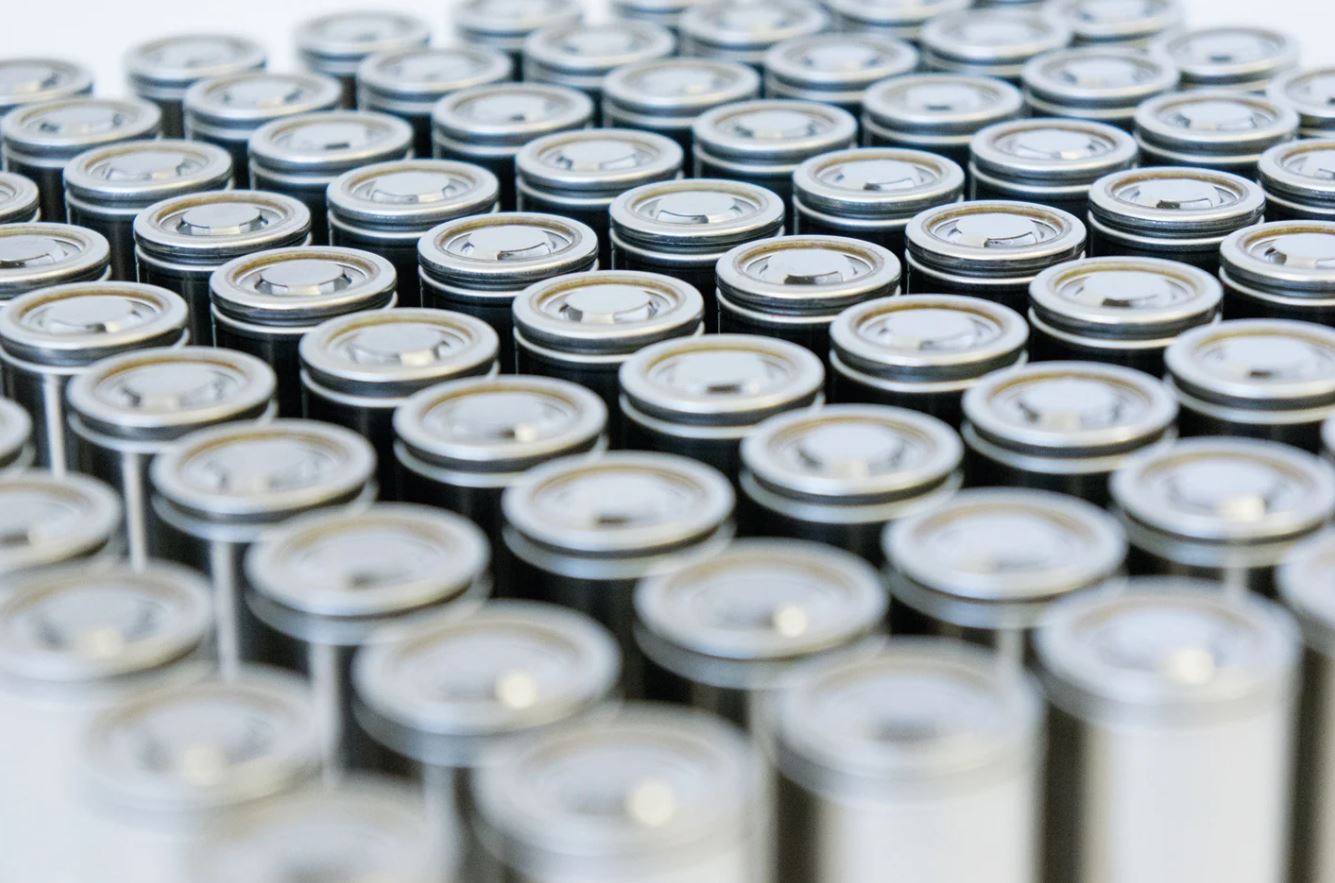 UCLA researchers are rethinking how we view lithium‑metal batteries by using electrified cryogenic electron microscopy (eCryoEM). This method lets us peer into the battery’s inner workings at a scale smaller than the wavelength of light, offering an unexpectedly detailed look at what happens during charging.
UCLA researchers are rethinking how we view lithium‑metal batteries by using electrified cryogenic electron microscopy (eCryoEM). This method lets us peer into the battery’s inner workings at a scale smaller than the wavelength of light, offering an unexpectedly detailed look at what happens during charging.
If you’ve ever wondered why lithium‑metal batteries—despite their promise of nearly doubling energy capacity compared to lithium‑ion batteries—don’t last as long as expected, here’s some insight. The images captured with eCryoEM suggest that electrolyte reactivity, which leads to early corrosion, plays a bigger role than we thought. A less reactive electrolyte might be just what’s needed to extend battery life.
Beyond improving energy storage, this technique illustrates the strength of home‐grown research, potentially giving the U.S. a leg up in the technology race with China. And the benefits don’t stop at batteries—this imaging approach could also spark advances in fields such as neuroscience.








